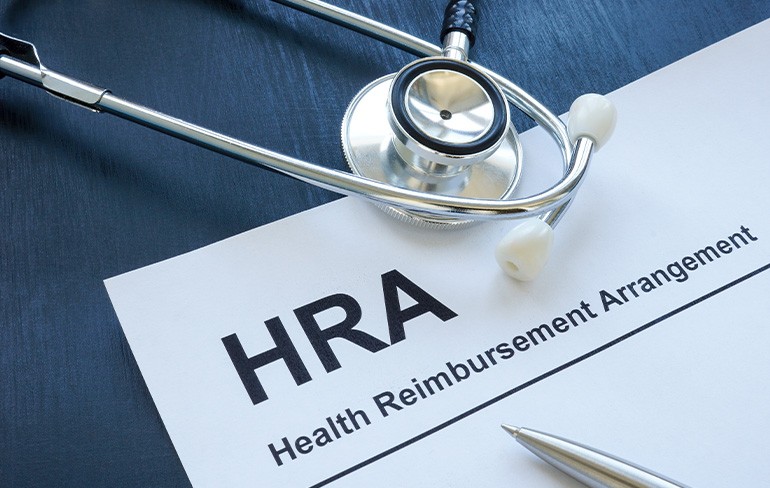Health Reimbursement Arrangements (HRAs) have become a popular choice for companies looking to provide comprehensive healthcare support to their workforce. These employer-funded plans offer tax advantages and flexibility in covering medical expenses, benefiting both employers and employees. HRAs reimburse eligible employees, and in most cases, their spouses and dependents, for specific medical costs. Depending on the employer’s size and health plan offering, if any, an employer can opt for a traditional HRA integrated with the employer’s group health plan, an Individual Coverage HRA (ICHRA), an Excepted Benefits HRA (EBHRA), or a Qualified Small Employer Health Reimbursement Arrangement (QSEHRA), but like any benefit program, HRAs come with their own set of rules and regulations that both employers and employees must adhere to in order to stay compliant.
Who is eligible?
Employers dictate HRA eligibility criteria, which may include factors like full-time employment. Eligibility rules also depend upon the type of HRA. Qualified Small Employer Health Reimbursement Arrangement (QSEHRA) caters to smaller businesses (under 50 employees) without a group health plan.
How much can an employer contribute?
While some HRAs have IRS-mandated limits, like the QSEHRA, employers typically decide contribution amounts, balancing budgetary constraints and benefits packages. Employees do not contribute to HRAs, relying on employer-funded accounts to cover eligible expenses.
What expenses are covered?
HRAs offer flexibility in covering various medical expenses defined under IRC 213(d). Employers can tailor eligible expenses to meet their people’s needs, commonly including medical services, prescription medications, and preventive care. This flexibility ensures employees receive reimbursement for essential health-related costs. However, they cannot cover expenses for long-term care services.
Substantiation Requirements
IRS regulations require that claims be substantiated in writing by a third party. This documentation should be kept for seven years. Acceptable forms of documentation include:
- Itemized receipts
- Explanation of benefits
- Detailed billing history
Failure to substantiate expenses or keep required documentation could lead to some serious consequences, especially during an IRS audit.
What should be included in HRA plan documents?
Creating an HRA plan involves crafting plan documents to establish its structure and guidelines. These documents cover eligibility criteria, benefits, funding methods, and procedures for handling claims. A complete plan document should include:
- Identification and responsibilities of fiduciaries and plan administrators
- Clear eligibility requirements and effective dates
- Description of covered benefits and exclusions
- Funding mechanisms and payment processes
- Claims procedures
- Compliance with HIPAA privacy regulations, including roles of privacy officers
- Information on federal mandates and the protocol for plan amendments
- Plan termination procedures
In addition, a summary plan description (SPD) and nondiscrimination testing (NDT) are required for these plans. An SPD is a simplified document that offers a clear overview of the plan's structure, rules, and procedures to participants. It ensures that employees understand their benefits, rights, and responsibilities under the HRA plan.
The IRS also mandates Nondiscrimination Testing (NDT) for HRA plans because of the tax benefits offered. NDT verifies that benefits are fair for all eligible employees, not just highly-compensated employees. The QSEHRA is the only one exempt from NDT as long as it meets the eligibility rules.
Conclusion
Ensuring HRA compliance is crucial to avoid IRS complications. Employers should be clear in their communication about the HRA's purpose, benefits, eligible expenses, and reimbursement process by providing easily understandable materials and offering mobile apps for seamless navigation and expense submission. Automating processes can reduce administrative burdens, empowering employees to manage their healthcare expenses effectively.
While managing an HRA alone is possible, it comes with its own challenges and risks. Partnering with an employee benefits administrator like Medcom can make your life just a little easier. We handle the tricky administrative stuff and keep you on track with compliance. If you need help managing your HRA, please feel free to contact us. We'll guide you through the process and make sure everything runs smoothly for your business!





